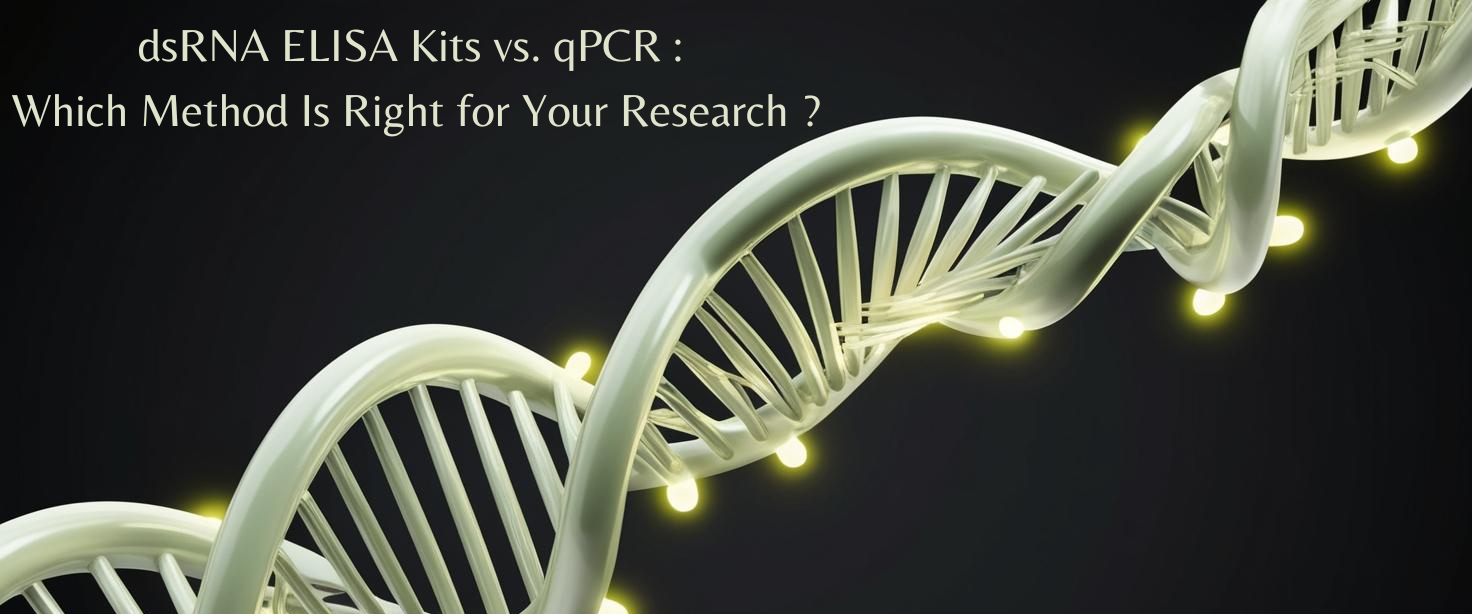Filters
Host (768597)
Bovine (1090)Canine (20)Cat (408)Chicken (1642)Cod (2)Cow (333)Crab (15)Dog (524)Dolphin (2)Duck (13)E Coli (239129)Equine (7)Feline (1864)Ferret (306)Fish (125)Frog (55)Goat (36847)Guinea Pig (752)Hamster (1376)Horse (903)Insect (2053)Mammalian (512)Mice (6)Monkey (601)Mouse (96266)Pig (197)Porcine (70)Rabbit (358709)Rat (11723)Ray (55)Salamander (4)Salmon (15)Shark (3)Sheep (4247)Snake (4)Swine (301)Turkey (57)Whale (3)Yeast (5336)Zebrafish (3022)Isotype (156643)
IgA (13624)IgA1 (941)IgA2 (318)IgD (1949)IgE (5594)IgG (87187)IgG1 (16733)IgG2 (1329)IgG3 (2719)IgG4 (1689)IgM (22029)IgY (2531)Label (239340)
AF488 (2465)AF594 (662)AF647 (2324)ALEXA (11546)ALEXA FLUOR 350 (255)ALEXA FLUOR 405 (260)ALEXA FLUOR 488 (672)ALEXA FLUOR 532 (260)ALEXA FLUOR 555 (274)ALEXA FLUOR 568 (253)ALEXA FLUOR 594 (299)ALEXA FLUOR 633 (262)ALEXA FLUOR 647 (607)ALEXA FLUOR 660 (252)ALEXA FLUOR 680 (422)ALEXA FLUOR 700 (2)ALEXA FLUOR 750 (414)ALEXA FLUOR 790 (215)Alkaline Phosphatase (825)Allophycocyanin (32)ALP (387)AMCA (80)AP (1160)APC (15217)APC C750 (13)Apc Cy7 (1248)ATTO 390 (3)ATTO 488 (6)ATTO 550 (1)ATTO 594 (5)ATTO 647N (4)AVI (53)Beads (225)Beta Gal (2)BgG (1)BIMA (6)Biotin (27817)Biotinylated (1810)Blue (708)BSA (878)BTG (46)C Terminal (688)CF Blue (19)Colloidal (22)Conjugated (29246)Cy (163)Cy3 (390)Cy5 (2041)Cy5 5 (2469)Cy5 PE (1)Cy7 (3638)Dual (170)DY549 (3)DY649 (3)Dye (1)DyLight (1430)DyLight 405 (7)DyLight 488 (216)DyLight 549 (17)DyLight 594 (84)DyLight 649 (3)DyLight 650 (35)DyLight 680 (17)DyLight 800 (21)Fam (5)Fc Tag (8)FITC (30165)Flag (208)Fluorescent (146)GFP (563)GFP Tag (164)Glucose Oxidase (59)Gold (511)Green (580)GST (711)GST Tag (315)HA Tag (430)His (619)His Tag (492)Horseradish (550)HRP (12960)HSA (249)iFluor (16571)Isoform b (31)KLH (88)Luciferase (105)Magnetic (254)MBP (338)MBP Tag (87)Myc Tag (398)OC 515 (1)Orange (78)OVA (104)Pacific Blue (213)Particle (64)PE (33571)PerCP (8438)Peroxidase (1380)POD (11)Poly Hrp (92)Poly Hrp40 (13)Poly Hrp80 (3)Puro (32)Red (2440)RFP Tag (63)Rhodamine (607)RPE (910)S Tag (194)SCF (184)SPRD (351)Streptavidin (55)SureLight (77)T7 Tag (97)Tag (4710)Texas (1249)Texas Red (1231)Triple (10)TRITC (1401)TRX tag (87)Unconjugated (2110)Unlabeled (218)Yellow (84)Pathogen (489613)
Adenovirus (8665)AIV (315)Bordetella (25035)Borrelia (18281)Candida (17817)Chikungunya (638)Chlamydia (17650)CMV (121394)Coronavirus (5948)Coxsackie (854)Dengue (2868)EBV (1510)Echovirus (215)Enterovirus (677)Hantavirus (254)HAV (905)HBV (2095)HHV (873)HIV (7865)hMPV (300)HSV (2356)HTLV (634)Influenza (22132)Isolate (1208)KSHV (396)Lentivirus (3755)Lineage (3025)Lysate (127759)Marek (93)Measles (1163)Parainfluenza (1681)Poliovirus (3030)Poxvirus (74)Rabies (1519)Reovirus (527)Retrovirus (1069)Rhinovirus (507)Rotavirus (5346)RSV (1781)Rubella (1070)SIV (277)Strain (67790)Vaccinia (7233)VZV (666)WNV (363)Species (2982223)
Alligator (10)Bovine (159546)Canine (120648)Cat (13082)Chicken (113771)Cod (1)Cow (2030)Dog (12745)Dolphin (21)Duck (9567)Equine (2004)Feline (996)Ferret (259)Fish (12797)Frog (1)Goat (90451)Guinea Pig (87888)Hamster (36959)Horse (41226)Human (955186)Insect (653)Lemur (119)Lizard (24)Monkey (110914)Mouse (470743)Pig (26204)Porcine (131703)Rabbit (127597)Rat (347841)Ray (442)Salmon (348)Seal (8)Shark (29)Sheep (104984)Snake (12)Swine (511)Toad (4)Turkey (244)Turtle (75)Whale (45)Zebrafish (535)Technique (5597646)
Activation (170393)Activity (10733)Affinity (44631)Agarose (2604)Aggregation (199)Antigen (135358)Apoptosis (27447)Array (2022)Blocking (71767)Blood (8528)Blot (10966)ChiP (815)Chromatin (6286)Colorimetric (9913)Control (80065)Culture (3218)Cytometry (5481)Depletion (54)DNA (172449)Dot (233)EIA (1039)Electron (6275)Electrophoresis (254)Elispot (1294)Enzymes (52671)Exosome (4280)Extract (1090)Fab (2230)FACS (43)FC (80929)Flow (6666)Fluorometric (1407)Formalin (97)Frozen (2671)Functional (708)Gel (2484)HTS (136)IF (12906)IHC (16566)Immunoassay (1589)Immunofluorescence (4119)Immunohistochemistry (72)Immunoprecipitation (68)intracellular (5602)IP (2840)iPSC (259)Isotype (8791)Lateral (1585)Lenti (319416)Light (37250)Microarray (47)MicroRNA (4834)Microscopy (52)miRNA (88044)Monoclonal (516109)Multi (3844)Multiplex (302)Negative (4261)PAGE (2520)Panel (1520)Paraffin (2587)PBS (20270)PCR (9)Peptide (276160)PerCP (13759)Polyclonal (2762994)Positive (6335)Precipitation (61)Premix (130)Primers (3467)Probe (2627)Profile (229)Pure (7808)Purification (15)Purified (78305)Real Time (3042)Resin (2955)Reverse (2435)RIA (460)RNAi (17)Rox (1022)RT PCR (6608)Sample (2667)SDS (1527)Section (2895)Separation (86)Sequencing (122)Shift (22)siRNA (319447)Standard (42468)Sterile (10170)Strip (1863)Taq (2)Tip (1176)Tissue (42812)Tube (3306)Vitro (3577)Vivo (981)WB (2515)Western Blot (10683)Tissue (2015946)
Adenocarcinoma (1075)Adipose (3459)Adrenal (657)Adult (4883)Amniotic (65)Animal (2447)Aorta (436)Appendix (89)Array (2022)Ascites (4377)Bile Duct (20)Bladder (1672)Blood (8528)Bone (27330)Brain (31189)Breast (10917)Calvaria (28)Carcinoma (13493)cDNA (58547)Cell (413805)Cellular (9357)Cerebellum (700)Cervix (232)Child (1)Choroid (19)Colon (3911)Connective (3601)Contaminant (3)Control (80065)Cord (661)Corpus (148)Cortex (698)Dendritic (1849)Diseased (265)Donor (1360)Duct (861)Duodenum (643)Embryo (425)Embryonic (4583)Endometrium (463)Endothelium (1424)Epidermis (166)Epithelium (4221)Esophagus (716)Exosome (4280)Eye (2033)Female (475)Frozen (2671)Gallbladder (155)Genital (5)Gland (3436)Granulocyte (8981)Heart (6850)Hela (413)Hippocampus (325)Histiocytic (74)Ileum (201)Insect (4880)Intestine (1944)Isolate (1208)Jejunum (175)Kidney (8075)Langerhans (283)Leukemia (21541)Liver (17340)Lobe (835)Lung (6064)Lymph (1208)Lymphatic (639)lymphocyte (22572)Lymphoma (12782)Lysate (127759)Lysosome (2813)Macrophage (31794)Male (1617)Malignant (1465)Mammary (1985)Mantle (1042)Marrow (2210)Mastocytoma (3)Matched (11710)Medulla (156)Melanoma (15522)Membrane (105772)Metastatic (3574)Mitochondrial (160319)Muscle (37419)Myeloma (748)Myocardium (11)Nerve (6398)Neuronal (17028)Node (1206)Normal (9486)Omentum (10)Ovarian (2509)Ovary (1172)Pair (47185)Pancreas (2843)Panel (1520)Penis (64)Peripheral (1912)Pharynx (122)Pituitary (5411)Placenta (4038)Prostate (9423)Proximal (318)Rectum (316)Region (202210)Retina (956)Salivary (3119)Sarcoma (6946)Section (2895)Serum (24880)Set (167654)Skeletal (13628)Skin (1879)Smooth (7577)Spinal (424)Spleen (2292)Stem (8892)Stomach (925)Stroma (49)Subcutaneous (47)Testis (15393)Thalamus (127)Thoracic (60)Throat (40)Thymus (2986)Thyroid (14121)Tongue (140)Total (10135)Trachea (227)Transformed (175)Tubule (48)Tumor (76921)Umbilical (208)Ureter (73)Urinary (2466)Uterine (303)Uterus (414)dsRNA ELISA Kits vs. qPCR ?
Genprice
Scientific Publications

dsRNA ELISA Kits vs. qPCR ?
Which Method Is Right for Your Research?
When studying double-stranded RNA (dsRNA) in virology, molecular biology, and gene expression analysis, two commonly used methods are dsRNA ELISA kits and quantitative Polymerase Chain Reaction (qPCR). Choosing between these techniques depends on various factors, including sensitivity, specificity, cost, processing time, and technical complexity. This article provides a detailed comparison of dsRNA ELISA and qPCR to help researchers determine the best method for their needs.
Sensitivity and Specificity Comparison
dsRNA ELISA Kits
Sensitivity :
- dsRNA ELISA (Enzyme-Linked Immunosorbent Assay) kits are highly sensitive for detecting the presence of dsRNA in samples.
- Detection limits typically range from 10 pg to 100 pg per well, depending on the kit.
- Sensitivity is influenced by the quality of antibodies used in the ELISA kit.
Specificity :
- ELISA kits rely on monoclonal or polyclonal antibodies specific to dsRNA molecules, making them highly specific.
- However, cross-reactivity may occur if the sample contains similar RNA structures or contaminants.
- The specificity of ELISA is lower compared to qPCR, as it does not distinguish different dsRNA sequences.
qPCR (Quantitative PCR)
Sensitivity :
- qPCR provides higher sensitivity than ELISA, with detection limits as low as a few copies of dsRNA per reaction.
- The use of fluorescent probes (e.g., SYBR Green, TaqMan) enhances sensitivity.
Specificity :
- qPCR achieves superior specificity by using sequence-specific primers.
- Unlike ELISA, qPCR allows differentiation between similar dsRNA sequences.
- The specificity can be affected by primer design and potential primer-dimer formation.
=> If high specificity and the ability to distinguish between different dsRNA sequences are essential, qPCR is the preferred method. If the goal is to detect general dsRNA presence without differentiating sequences, ELISA is a practical choice.
Cost, Time, and Technical Complexity Considerations
Cost Analysis
- dsRNA ELISA Kits: Lower initial investment but requires purchasing specific antibody-based kits. Consumables include antibodies, microplates, and detection reagents.
- qPCR: Requires higher initial costs, including a qPCR machine, specialized reagents (Taq polymerase, primers, probes), and PCR consumables.
- Cost per sample: ELISA is generally cheaper per assay, whereas qPCR incurs higher costs due to the need for enzymes, fluorescent dyes, and thermocycling.
Time Considerations
- dsRNA ELISA: Typically takes 2-4 hours per assay.
- qPCR: Requires additional steps, such as RNA extraction, reverse transcription, and amplification, making the total process 4-6 hours.
- Throughput: ELISA allows high-throughput screening (96-well plates), making it efficient for large sample sets, whereas qPCR requires individual sample preparation and processing.
Technical Complexity
- ELISA: Requires basic pipetting skills and knowledge of ELISA protocols. It is a simpler and more user-friendly technique.
- qPCR: Demands expertise in primer design, thermocycler programming, and data interpretation.
- Risk of errors: qPCR is more prone to contamination, primer-dimer artifacts, and amplification errors.
=> ELISA is more cost-effective and easier to use, whereas qPCR is more time-consuming and technically challenging but provides greater precision and specificity.
Best Use Cases for Each Method
When to Use dsRNA ELISA Kits
- Routine Screening: Ideal for laboratories performing high-throughput screening of dsRNA samples.
- Virus Detection: Useful in virology labs for detecting general viral dsRNA presence.
- Protein-RNA Interaction Studies: Suitable for applications where RNA is bound to proteins and antibodies can detect the dsRNA.
- Field Applications: Faster and simpler, making it applicable in non-specialized lab settings.
When to Use qPCR
- Gene Expression Analysis: Best suited for analyzing dsRNA transcription levels in cells.
- Mutant Strain Identification: Can differentiate between different viral strains or dsRNA mutations.
- Low Copy Number Samples: If detecting dsRNA at extremely low concentrations, qPCR is the superior method.
- Clinical and Diagnostic Applications: Provides high specificity for detecting pathogens or specific genetic variants.
Tags
- dsRNA
- ELISA
- qPCR
- Biology
- LifeSciences
- MolecularBiology
- Genomics
- Virology
- genprice
- Antibodies
- microplates
- reverse transcription
